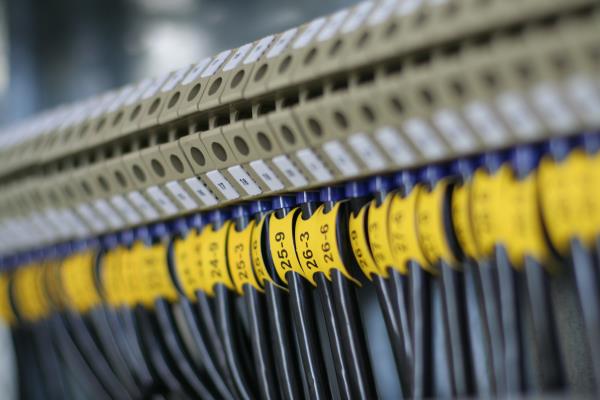30 September 2025

Announced at Submarine Networks World 2025 in Singapore, this new 25,000-kilometer cable aims to support the soaring demand for high-capacity, low-latency AI workloads by incorporating 48 fibre pairs, making it one of the most capable subsea systems targeting future digital needs.
Seacom emphasizes that its landing stations will serve as "AI communication nodes," seamlessly connecting Africa’s sovereign AI infrastructure to global data hubs. This strategic positioning will enable African nations to actively participate in the global digital economy rather than being passive endpoints.
The route of Seacom 2.0 will directly link Singapore to South Africa, passing along the Indian Ocean coast, through the Red Sea corridor, and terminating in Marseilles, France. Additionally, landing points are planned along every coastal country of eastern Africa, with the route looping around South Africa and extending up the west coast as far as Angola. The design prioritizes diversified routes, open carrier-neutral landing points, and enhanced security measures to improve resilience, reduce risks, and bolster Africa’s digital sovereignty.
Seacom CEO Alpheus Mangale highlighted that the project aims to empower landlocked regions like the SADC and East African markets by reducing reliance on single routes and positioning countries as regional hubs for content and application providers.
“This isn’t just about connecting people,” said Mangale. “It’s about Africa and its neighbours controlling their digital destinies. By enabling open access and regional integration, we’re creating a resilient, sustainable, and inclusive system.”
Seacom’s existing cable, operational since 2009, currently links South Africa, Kenya, Tanzania, Mozambique, Djibouti, France, and India. While the company has not announced a specific date for when Seacom 2.0 will be operational, the new system underscores its commitment to transforming Africa into an active participant in the global digital infrastructure, especially in the era of AI and high-speed data demands.






